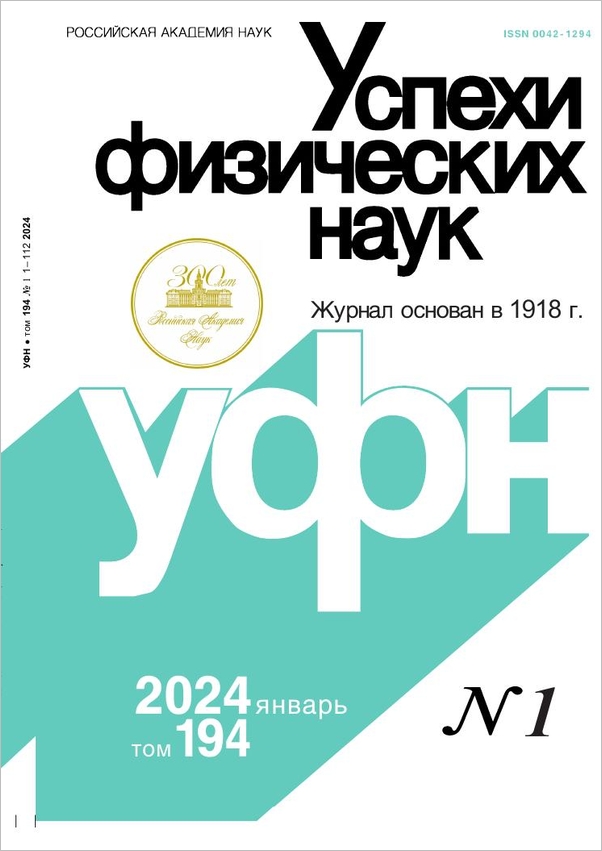|
100 YEARS OF THE "USPEKHI FIZICHESKIKH NAUK" JOURNAL. REVIEWS OF TOPICAL PROBLEMS
Fifty years of selective laser spectroscopy of solids: a history, general principles and applications
M. N. Sapozhnikov
Lebedev Physical Institute, Russian Academy of Sciences, Moscow
Abstract:
A history of the development of selective laser spectroscopy of ions and molecules in crystalline and amorphous matrices is presented beginning from a pioneering work by Yu.V. Denisov and V.A. Kizel in 1967, who were the first to demonstrate the possibility of removing the inhomogeneous broadening of luminescence spectra of impurity ions in glasses upon monochromatic resonance excitation. The methods of selective spectroscopy are based on spectroscopy of optical zero-phonon transitions in impurity centers in solids. The fundamentals of zero-phonon transition spectroscopy are considered and the mechanism of removing the inhomogeneous broadening of optical spectra of ions and molecules in crystals and amorphous solids under selective laser excitation of luminescence and persistent hole burning in absorption spectra is presented. Various applications of selective laser spectroscopy for fundamental and applied studies are discussed.
Received: January 16, 2017
Accepted: March 9, 2017
Citation:
M. N. Sapozhnikov, “Fifty years of selective laser spectroscopy of solids: a history, general principles and applications”, UFN, 188:4 (2018), 409–435; Physica Scripta, 93:3 (2018), 033002
Linking options:
https://www.mathnet.ru/eng/ufn5908 https://www.mathnet.ru/eng/ufn/v188/i4/p409
|


| Statistics & downloads: |
| Abstract page: | 253 | | Full-text PDF : | 51 | | References: | 35 | | First page: | 2 |
|





 Contact us:
Contact us: Terms of Use
Terms of Use
 Registration to the website
Registration to the website Logotypes
Logotypes








 Citation in format
Citation in format 